Theo Gray of Gray Matter explains the principle behind sending steel up in flames- as long as it's steel wool, of course. The process is beyond simple. Spend 2 bucks and 2 minutes: purchase a steel wool pad, hold in pliers, light with a match. But the question is, why is steel wool flammable, while other forms of metal are not? Explanation below the video.
"If you can light steel wool with a match, why can't you light a nail? Or a cast-iron pot? It's a question of surface area versus volume. The burning process, which is just rapid oxidation of the metal, has to bring nearby iron to its ignition temperature fast enough to sustain a chain reaction. Thick pieces of iron conduct heat away far too fast for the surface to ever reach the ignition point. But in very thin strands, there's nowhere for the heat to go, and a burning patch can race along the length of wire, converting a whole steel-wool pad into iron oxide-rust-in less than a minute.
There isn't really a practical reason to burn steel wool (unless perhaps you were stuck in the woods with 50 pounds of it and a hot dog). But this form of rapid oxidation is similar to how cutting torches work."
Just updated your iPhone? You'll find new emoji, enhanced security, podcast transcripts, Apple Cash virtual numbers, and other useful features. There are even new additions hidden within Safari. Find out what's new and changed on your iPhone with the iOS 17.4 update.



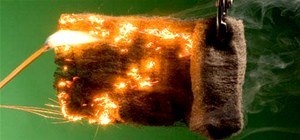
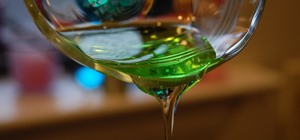



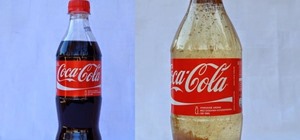

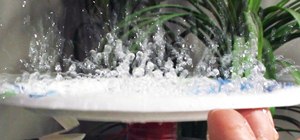

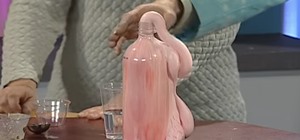





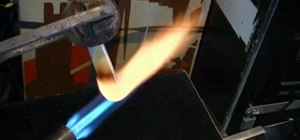

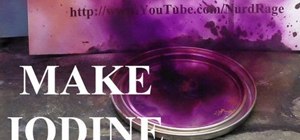
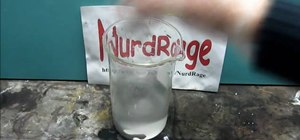
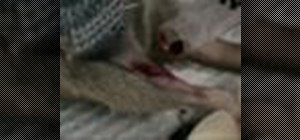
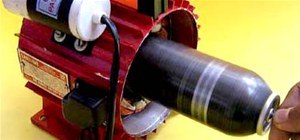
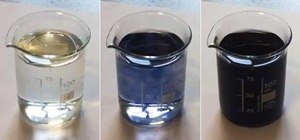
1 Comment
Other metals that are flammable include: sodium, titanium, magnesium, potassium, uranium, lithium, plutonium, and calcium.
Share Your Thoughts